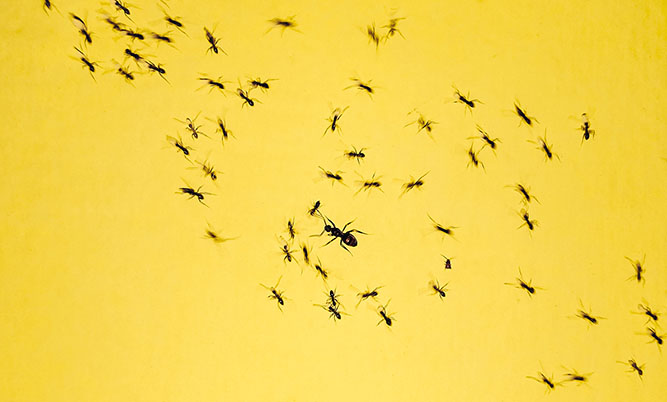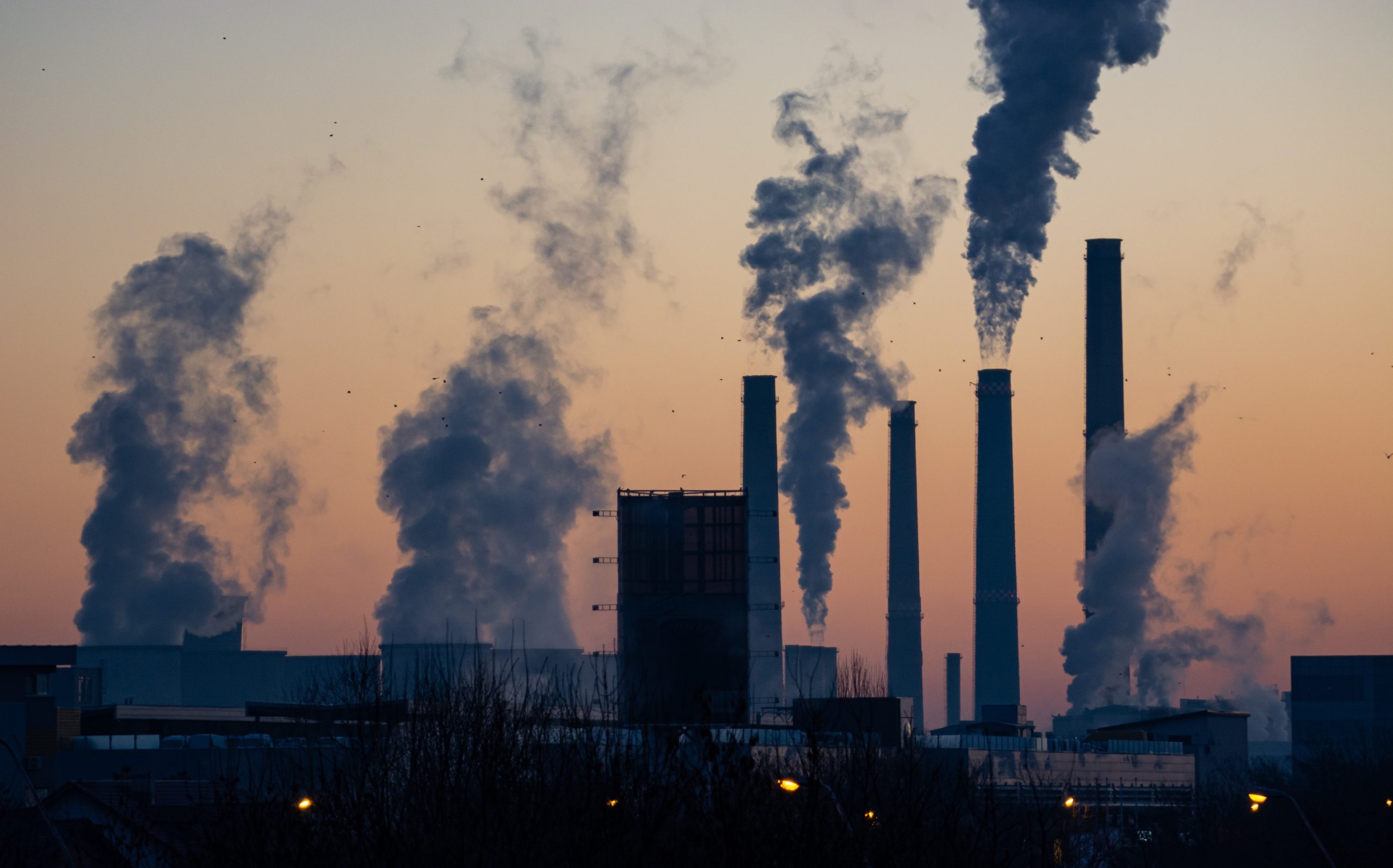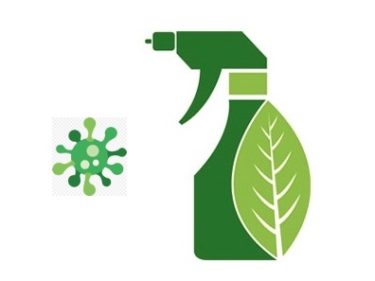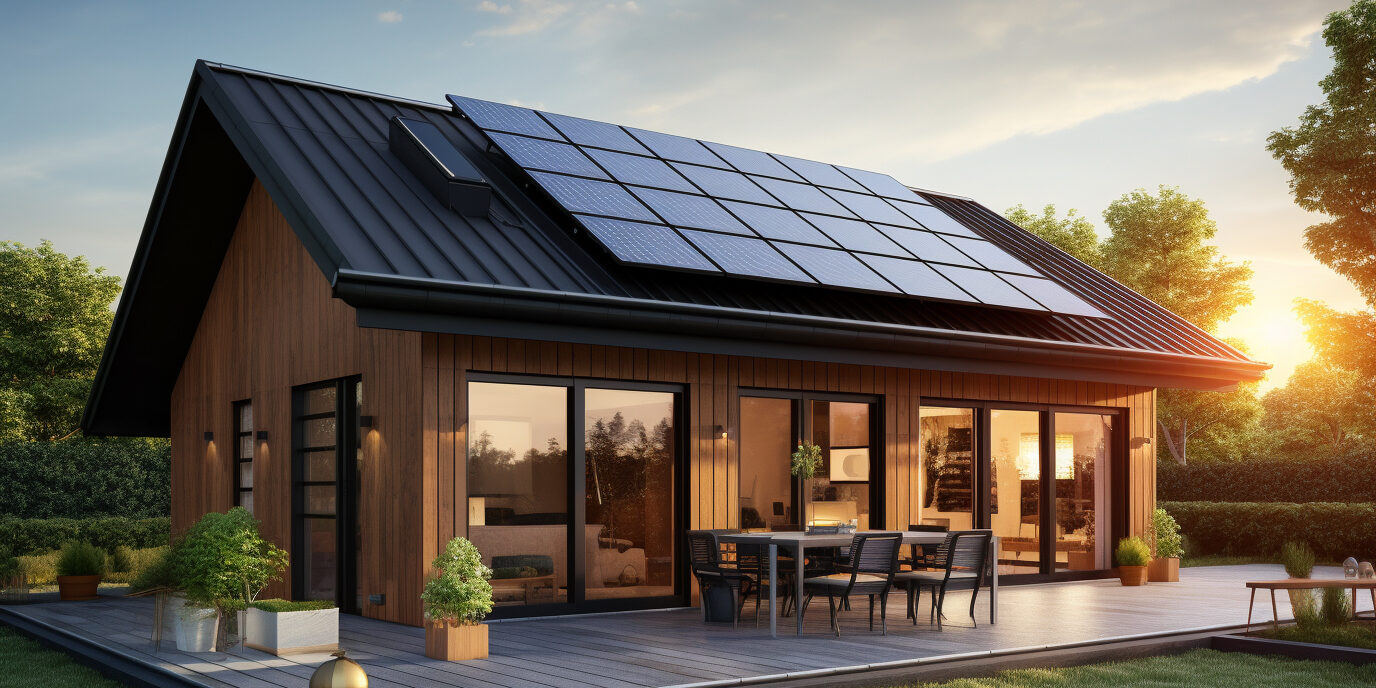
Why Organic Pest Control?
We all want to feel safe in our homes, but by adding pesticides into our living space we may be impacting our family’s health. Children are especially susceptible to risks from chemical exposure.
- A large body of evidence has linked certain pesticides with breast and other cancers, including Non-Hodgkin's Lymphoma.
- Certain pesticides are suspected of disrupting the body's hormone system (endocrine disruption) by mimicking or blocking natural estrogens and other hormones.
- Some pesticides, especially insecticides, can damage the nervous system and affect IQ. Some studies are linking pesticide exposure with Parkinson’s disease & autism.
Which LI Companies Provide Safer, Less Toxic Pest Control?
Green Inside and Out has identified companies as offering less harmful pest control by using methods such as pest monitoring and products that are less toxic, bio-based, and/or EPA Exempt (considered safe enough to not require EPA registration). This list is not necessarily comprehensive. Customers should always specifically request safer methods and receive a list of treatment methods/products in writing. Also ask for humane traps (non-lethal) for pest animals.
TIP: It is not advisable to spray chemicals indoors where they can be inhaled. Baits keep any chemical enclosed to reduce exposure. The toxic effect is a combination of the chemical’s toxicity level and the amount of exposure to it.





